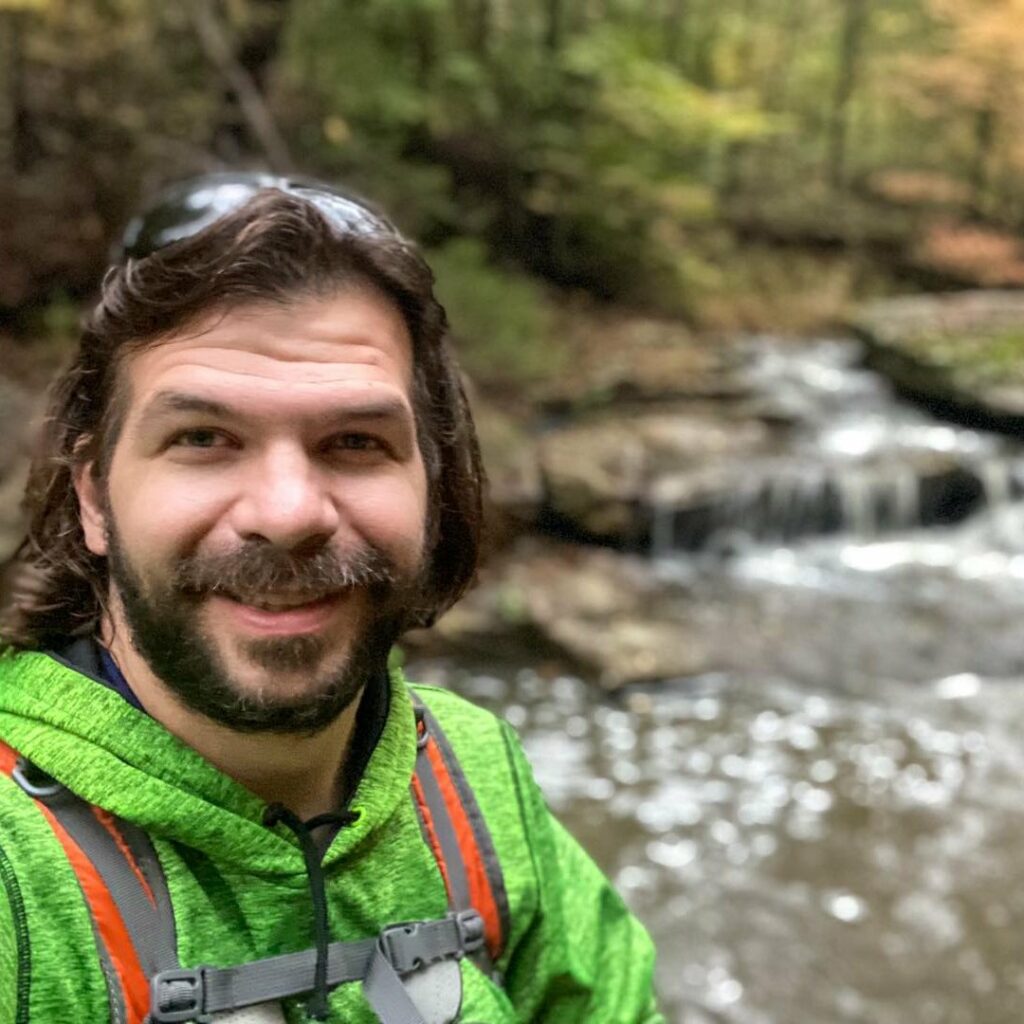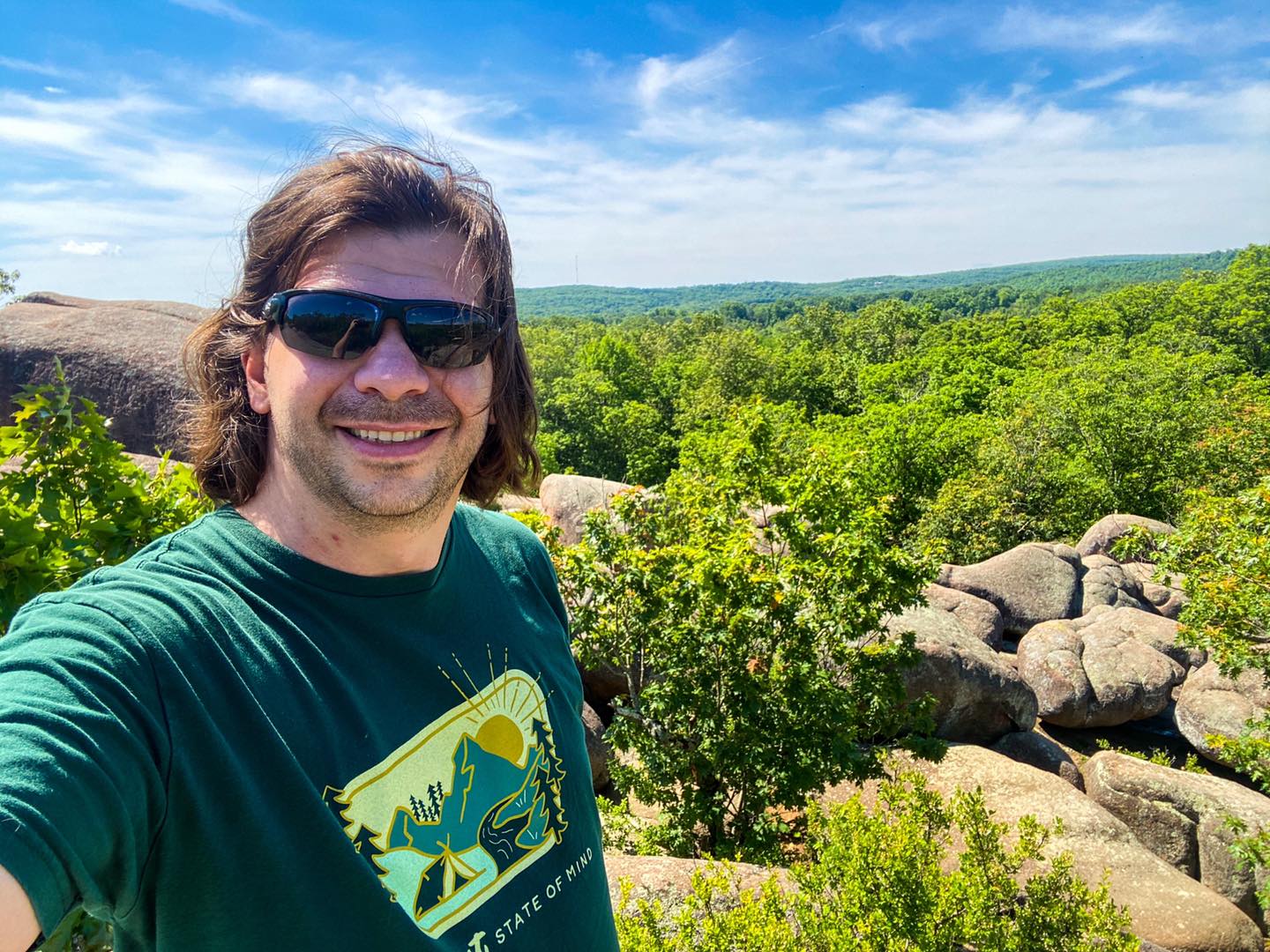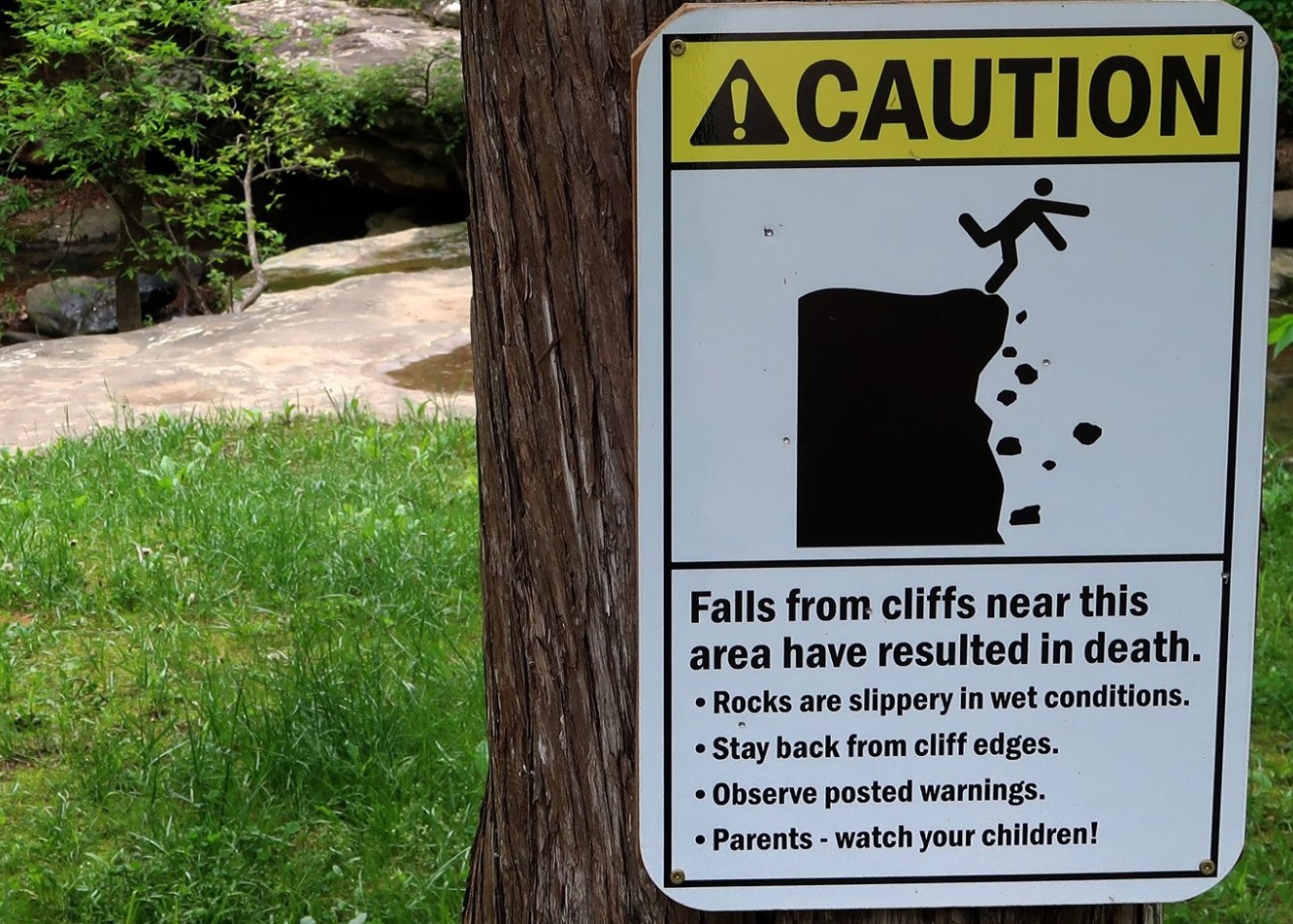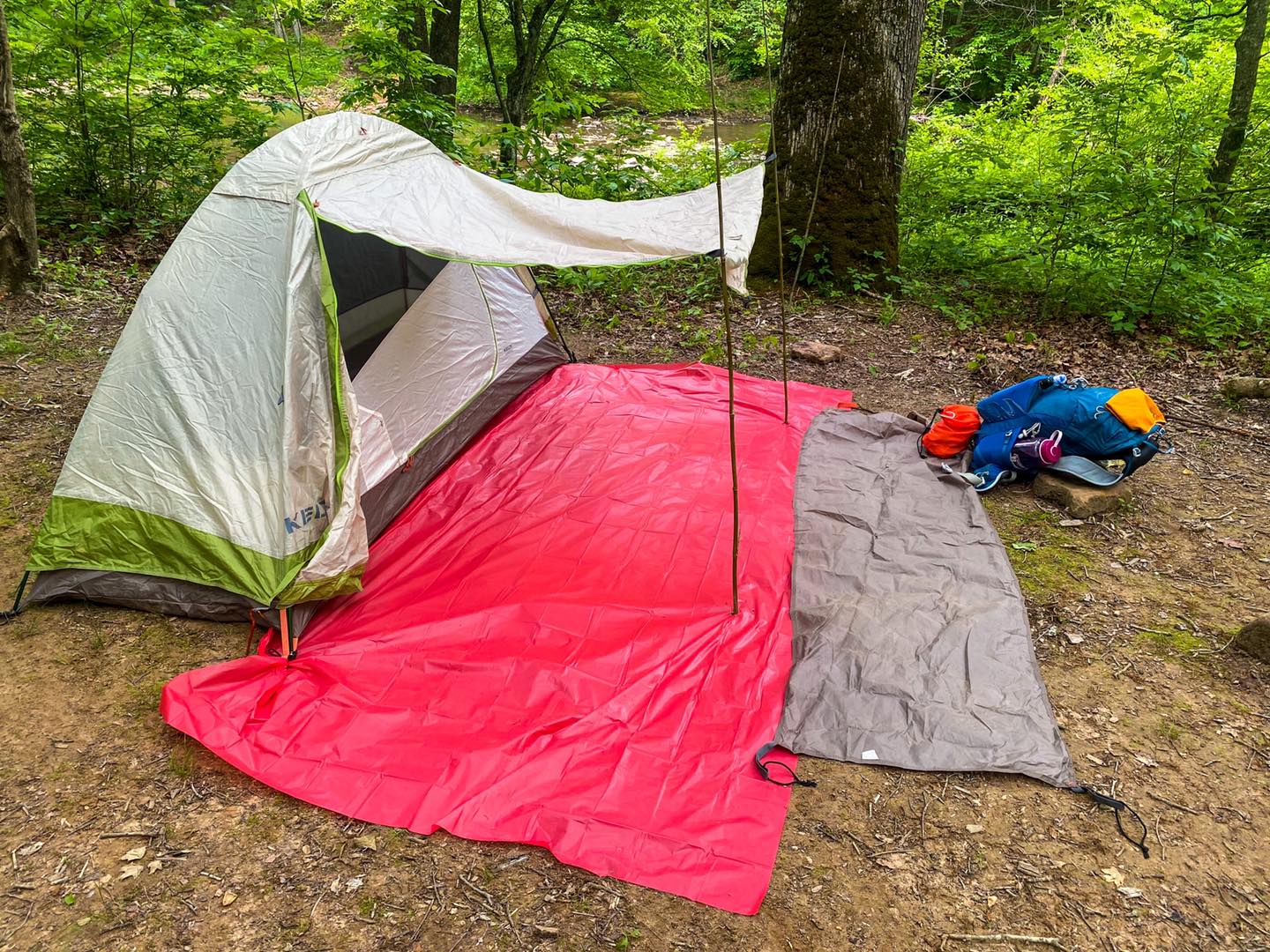How to Plan Your Hike: A Guide for Hiking Without Worry
Do you plan your hike?
If not, you should. Planning your hike can help you ensure that you have the best hike possible. It helps you make the right decisions. It helps you stay safe on the trail. It helps you have a better time.
Planning for just about anything has been proven time and time again to be effective. Why can’t your hiking trip be included in the planning, too?
In this guide, I want to show you some of the better ways to plan your hike so that you can focus most of your energy on having a good time rather than worrying about things.
Note: This article contains affiliate links. If you purchase items using my link, I will earn a commission. It will not impact your price. Alternatively, you can search for these items yourself to avoid using my affiliate links.
Why is it Important to Plan Your Hike
A great and safe hiking trip begins long before you reach the trailhead of the hiking trail you plan to embark on.
When you set out to plan your hike, you’re taking the time to ensure that you are playing it safe, planning your route properly, and increasing enjoyable results because you know exactly what you’re getting yourself into.
The moment you don’t plan your hike is when risk and hazards increase for you; you don’t expect the unexpected, and you constantly have to worry about things that may occur during your hike.
Planning is being prepared, and we learn in everything that not being prepared typically results in a negative outcome.
How to Find a Hiking Trail
There are many great resources available for you to properly plan your hike and find the best trail for you.
You can buy guidebooks for most areas. You can usually pick them up at ranger stations and other welcome centers for trails. Most local bookstores typically sell local hiking guidebooks, too. If there are no guidebooks available, websites and social media are usually available for most trails, including official websites for the trail or the agency managing the trail.
Word of mouth is one of the best ways to find a local hiking trail. Ask your friends and family where they have gone hiking. They can tell you where they’ve gone and what to expect along the hike. Most of the time, you’ll get your best hiking tips from those who are close to
Talk to locals in the hiking areas. If you see them at the trailhead or in local diners and whatnot, ask them if they have any advice to share about the trails. Many local residents have hiked local trails many times and are very willing to help people out with them.
Find maps and brochures for the hiking trails. You can usually get free or cheaper ones from ranger stations and welcome centers for area trails. You might also find them at local stores or on the internet, too. In many cases, you can find them through applications on your phone, such as All Trails and OnX Hunt.
How to Choose the Best Hiking Trail
There are some important steps to take when trying to find the best hiking trail to be able to plan your hike.
You need to make sure you have plenty of time to hike. The best way to determine your hiking time is to choose shorter trails that won’t take a lot of time to hike. For example, record your time for hiking on a trail of about a mile in length. See how long it takes you to hike a mile.
You also want to determine the distance of the hiking trail. This will help you factor in how long the hike will take based on your hiking times. My last hike was around 7.5 miles. It took me around 5 hours to hike its length. But I am experienced, and if you’re not, it could take you even longer.
Elevation is another important factor to help you plan your hike. Elevation gain is how many feet of ascending you will do on the trail. This is how many feet you will go up. Higher elevation gains will be more strenuous and might take even longer for you to hike. I slow down quite a bit when hiking up hills, and I’ve been hiking for a long time.
Consider your travel logistics. How long will it take you to drive to where the hiking trail starts? Is there adequate parking available? How are the road conditions to the hiking trail? These questions will factor in even more details if you’re having wintry or wet weather.
Find out how difficult the hiking trail is. Most trails are rated through a difficulty system. Easy trails are relatively flat, not as hilly, and easy to navigate. Most easier trails are shorter. Moderate trails are steeper, hillier, and more difficult. Rugged trails are the hardest to hike and might include creek crossings and climbing on rocks. Only do the difficulty rating that you are capable of doing. Start with easier trails and work your way up.
Know your hiking route and the trail conditions. You can have this out from the source of where you found your trail information. If the route and conditions are not listed, you might consider a different trail until you’re confident that you can handle most hiking trails. Trail conditions will change based on the season and recent weather events.
Study maps and the route before you start hiking. Try to understand what you will be doing on the trail. It’s important to understand what trails to take at forks, where creek crossings will be, and the topography of the trail itself. Understanding basic map reading skills will help you understand the easiest and most difficult portions of the trail.
Create a time control plan. This is where you control how much time you spend on the trail. You consider breaks, lunch, and water filtering activities within your control plan. This will help you plan your hike around how much time you have to be out on the trail. There is only so much daylight, and getting stranded on a trail at night could be very negative for you.
Consider your location and any elements that accompany the trail based on your location. This could be environmental elements such as weather and temperature. It could also be human elements such as hunting and hangout areas where people party. Always try to understand the location and its culture.
Some trails have requirements and special rules. This could be anything from purchasing a parking permit to being off the trail at a certain time of the day. Try to read all the requirements and make sure you abide by them.
Consider the time of year when you plan your hike. Weather is going to be your big factor. If it’s really hot or cold, it is going to impact your hike in some way or another. You might also consider hunting season, depending on where you will be hiking. Some areas get hunters, and it’s a better idea to avoid those areas during hunting season for the sake of safety.
If you’re hiking with a group, the size of the group might require attention. For example, in our local wilderness areas, groups can’t be more than 10 hikers or 10 equestrians. If it’s over 10, everyone can get a citation for it. Sometimes, bigger groups have to register or get a special-use permit, too.
Will you need to be shuttled during your hike? Not all areas provide shuttle services. Research areas to look for a shuttle service before it’s too late. If you can’t find a shuttle service, try to see if any of your friends or family can help you with shuttling if you require it.
Water is probably your most important piece of gear. You need to have enough water to stay hydrated. Dehydration can cause you a lot of problems and hurt you badly. You either need to bring enough water or know areas where you can get water. It could be natural springs, water fountains, or even creek water that you filter into potable drinking water. Make sure you know how to use your filter and have tested it before use.
Try to get an understanding of the terrain when you plan your hike. Contour lines of a topography map can help you understand how steep the trail will be and any elevation gain that you might get. Other features on the map can explain more things. It’s a good idea to develop basic map-reading skills when hiking.
If you’re new to hiking, start with a local trail that is largely hiked by others. This will give you an opportunity to take the advice in this article and combine it with your own experience that you’ll gain hiking on the trail. Master your local easier trails before moving on to the harder ones.
Don’t just choose a trail just to choose a trail. Find a trail with something specific that you want to see. Not all hiking trails are equal. Some have amazing rock formations and waterfalls, while other trails are just a walk through the woods. It’s best to plan your hike with a specific sight or landmark in mind so that you choose the right trail to plan a hike around.
Look for trails that are suitable for hiking. These are trails with hiking as a designation. Trails designated for horseback riders may have very muddy spots where damage occurs from horse usage. These are not always favorable among hikers. ATV trails may also be difficult for people hiking. The best trails for hikers are going to be trails designated for hikers only.
Finally, find a fun trail. The last thing you want to do is have a bad time hiking. Hiking should always be a fun event. If you get done with hiking and hate it, maybe hiking isn’t for you after all, or maybe you didn’t choose the best trail. Read reviews on trail websites and ask folks who have hiked them. Look for trails that are fun with a lot to see for the best results.
What Safety Considerations Should You Take
When you plan your hike, it’s important to keep safety at the front of your mind. Nature can be dangerous for those who are not prepared for it.
You should include a safety plan. What happens if “incident x” occurs while you’re hiking? It’s just like planning what to do if your smoke detector is activated and your house is on fire. Planning first might be what saves your life.
Bring a first aid kit. Bring only the supplies you know how to use. Bring supplies that are practical for hiking and outdoor use. Learn how to use supplies that are important to bring with you, such as splints or blood clotting agents. Many hikers hike without first aid kits, and when they need them the most, they have nothing.
Consider and plan for the need to be rescued. How will you contact rescue? Your phone? What if you have no signal? Some hikers carry a Personal Locator Beacon, which can be used in remote areas to “text” for emergency assistance. You might also bring a whistle to blow and communicate with emergency first responders when they are trying to locate you.
Consider the flora and fauna that you might encounter on the trail. Not all of it will be in your favor. Flowers are pretty, but poison ivy might break you out in a very uncomfortable rash. You might also keep in mind other plants that could cause you discomfort, such as sticker bushes. It will help you prepare what to wear.
One of the most important things you should do BEFORE you hike is to let someone know where you’re going. Print out a map of the area you’ll be hiking in. Draw a crude line of the trail based on your research. Put where you will park, start the hike, and end the hike. Write down your hiking itinerary. Give a date and time you plan to be back. Then give this to someone who will contact emergency services just in case you don’t make it home. Otherwise, something could happen, and no one will know where you are.
Try to identify hazard areas you might encounter on the trail based on trail information, user reviews, and social media posts. Try to identify safety areas if those are also listed. Also, if you’re in need of water filtration areas, identify creeks along the hike. It’s good to have these areas in your hiking plan.
Etiquette is important on the trail. Make sure you’re considering others when hiking. Try to find out what other user groups will use the trail. Make sure you have etiquette towards them. For example, mountain bikers should yield to all users. Hikers should yield to horseback riders. Horseback riders may cautiously have the right of way while using the trail. Be responsible for other users while hiking and share the trail.
Bugs and ticks might be present along the trail depending on what time of the year it is. Many of the biting bugs and ticks can cause problems for you. It’s ideal to treat your gear and clothing with permethrin and bug spray on your skin. Do not spray permethrin on your bare skin, as the chemical is too strong for skin exposure. Reapply bug spray as needed because you’ll likely sweat it off. Check yourself for ticks during and after your hike.
Keep wildlife in mind for your hiking plan. Make sure you fully understand what wildlife you might encounter. Will there be special precautions? For example, you might need to bring bear defensive spray in case you’re hiking in Bear Country. You might want to wear snake boots or leg guards if venomous snake migration is occurring. Always give wildlife plenty of room to get away from you, and never harass them while you hike in their home.
Consider other people and your safety against them. For the most part, most people you encounter will likely be good encounters. But you never know. This is especially important for solo female hikers. Don’t let your guard down. Carry some sort of weapon in case you need it. Depending on your local laws, your weapon could be a knife, pepper spray, or even a firearm. Make sure you abide by your local laws concerning the transport of weapons. Always make sure you have the means to protect yourself while on the trail.
What Makes a Perfect Backpacking Campsite
It’s important to make a few extra plans if you plan to camp on your hike. These tips are geared towards camping on hiking adventures.
Knowing if there is any access to water is essential for backpacking and multi-day hiking. You’ll have to have water to survive. Hiking will drain your energy and remove hydration from you. You MUST stay hydrated to avoid injury. Make sure your overnight hiking adventures have known water locations. If you have to use a filter, make sure you know how to use it and have tested it before use.
Keep in mind wind and weather exposure when camping. Pay attention to the trees above you. Have you heard of widow makers? These are dead trees that typically fall during wind gusts. They can fall on your tent and potentially kill you as a result. You also want to make sure you’re not camping in severe weather. Choose trips during better weather for the safest results.
When camping, follow the Leave No Trace principles. Make sure you camp on durable surfaces. Ensure that you pack out what you pack in. Make sure your fire is cold to touch before you leave it and don’t make fires during fire-hazard weather or burn bans. Be respectful of other users in the area you might want to camp in.
When camping, consider hazardous animal issues. If you’re in Bear Country, for example, you should cook away from your tent. You should also hang up your food where animals cannot get to it. Never keep food in your sleeping area.
Plan Your Hike FAQ
The following frequently asked questions are often associated with information concerning how you plan your hike.
What is the best way to find a good hiking trail near me?
The best way to find a good hiking trail near where you live is to search for local trails on the internet. Apps like All Trails and Trail Forks will also show you many local trails that you might be interested in. Ask other hikers in your area that you know what trails they like the best. Social media should also have plenty of resources. In many cases, there are local guidebooks published showing trails in your area.
How do I know whether a trail is going to be too hard or not?
Look for the trail information on websites, apps like All Trails, and guidebooks. Specifically, look for information on difficulty ratings, length, and elevation. The difficulty rating should be similar to just listing it as easy, moderate, and hard. Length is also going to be a factor. If it’s a longer trail, it might be harder to hike. Elevation gain will be an important factor to look at. Anything over 100 feet means the trail will be hilly. A 1,000-foot elevation trail is going to be very difficult for those used to easier trails. Start small at first and gradually work your way up to harder trails.
What are common hazards found on hiking trails?
The most common hazards found on hiking trails are slip and fall hazards. You can slip on wet or frozen grounds and rocks. You can also fall off cliffs, bluffs, and mountains. Slipping and falling are the main fatality cause in hiking. Other hazards include wildlife, weather, wildfires, and even people. It’s really important to plan for safety and prepare yourself for hazards while hiking.
When should I try backpacking or camping on a hike?
You should consider trying it after you’ve established yourself with hiking. It’s also best to try to camp with someone else who’s been camping so that they can help you have a great first experience. I will say the first time I overnight hiked, I was alone. I just chose an easier loop trail with a primitive campground in the middle of it. If you can find one of those, I recommend doing that the first time, especially if you will be doing it solo.
Should I hike solo or with another person?
Hiking with another person or a group will greatly increase your safety. If you get hurt, or someone else gets hurt, another person is ready to go seek emergency assistance. However, solo hiking can be very enjoyable and relaxing for many people. If you do plan to hike alone, you need to take every once of precaution possible. Don’t do risky things. Be intelligent about hiking.
Final Thoughts About How To Plan a Hike
My final thoughts are that it is easy to plan your hike if you carefully take the steps to do it. There are plenty of resources mentioned in this article to help you successfully plan your hike. Now, you just have to do what has been recommended to you, and you’ll be on your way to a great hike.
If you’ve enjoyed this article, please share it with others who might also find it interesting. You’re more than welcome to give me a tip for creating it or becoming a monthly subscriber. Your support really helps motivate me to keep writing these weekly articles.
Be sure to subscribe to my free monthly newsletter for even more hiking tips and resources sent right to your email inbox.
Please Support Hiking with Shawn
Alrighty folks, I hope you have enjoyed this content. I provide it for free and it takes a while to create. If you would be so kind enough to support my efforts, you can do so by sharing this post with others, especially on social media. Be sure to subscribe to my YouTube Channel to see my latest videos, shorts and live streams. Follow me on Facebook, Instagram, Twitter and TikTok for unique content that you will only find on those pages. You might also join my Southern Illinois Hiking & Outdoor Resources Group on Facebook, too!
You can also support me by becoming a Patreon Supporter for as little as $3/month and you can cancel anytime (no contracts or catches). Patreons get access to extra features, exclusive articles, sticker packs, gifts and more. Consider buying official Hiking with Shawn Merchandise as another way to support me. I spend a lot of money on Hiking with Shawn and because of extremely high public land permit fees, I make very little money in return so everything helps.
Thanks again for checking out another one of my articles and until next time, I’ll see you on the trail!

Shawn Gossman
Founder, Hiking with Shawn
Howdy folks! My name is Shawn Gossman and I founded Hiking with Shawn. I’m an avid hiker, cyclist and outdoorsman here in the Shawnee National Forest. I was born and raised in Southern Illinois and never want to leave. Click here to learn more about Shawn Gossman




